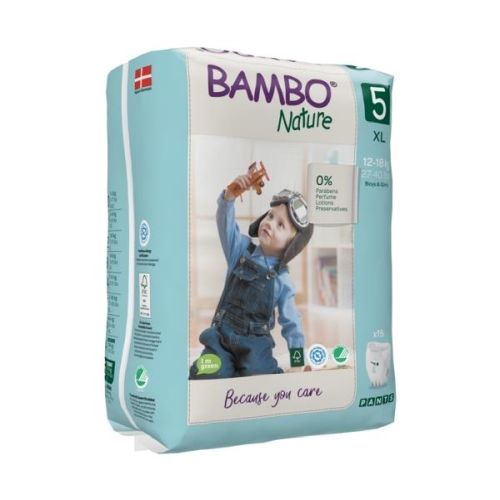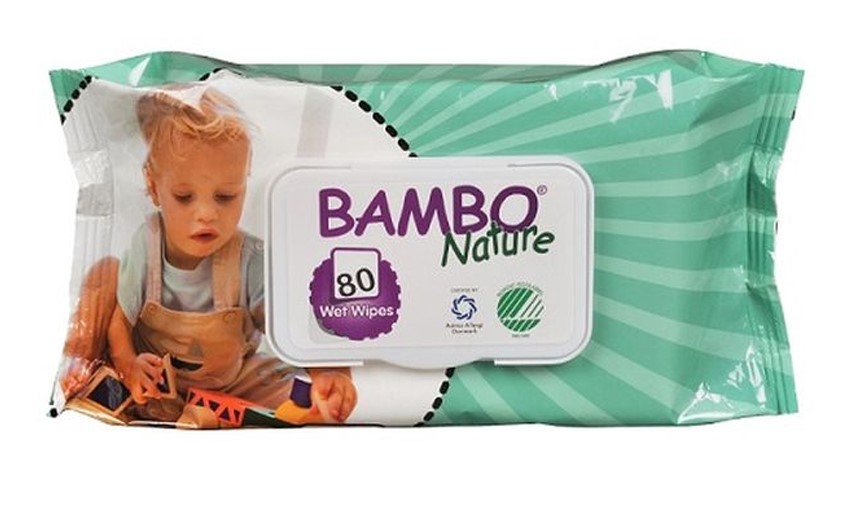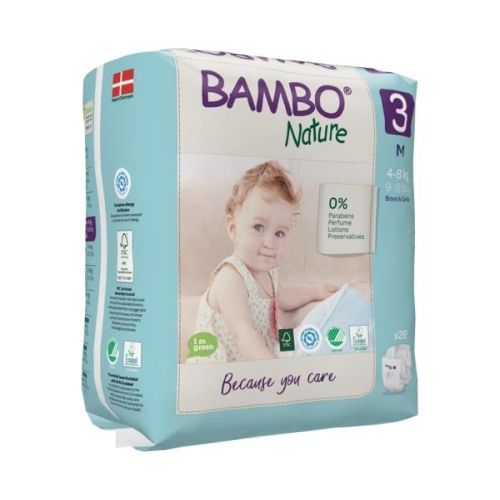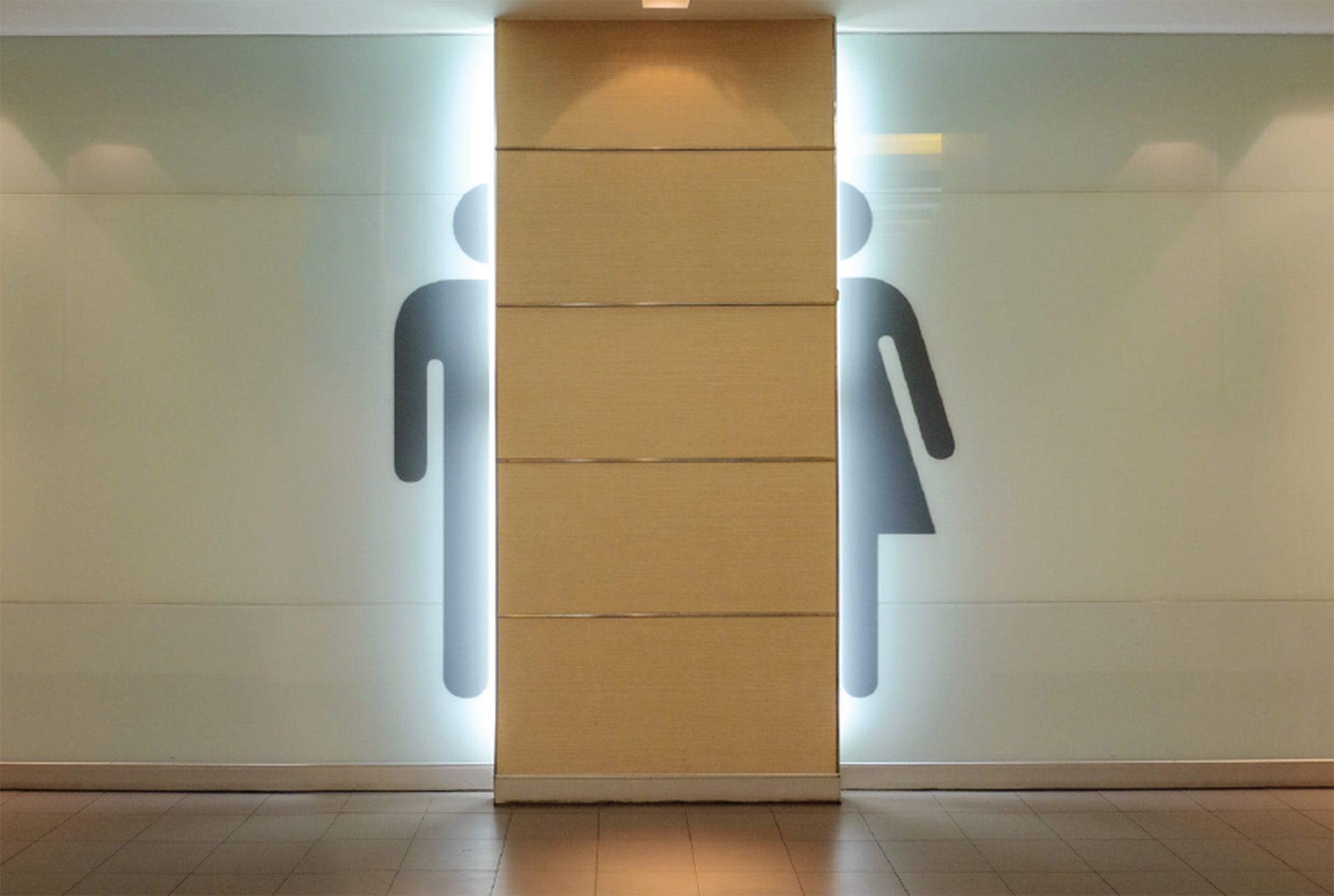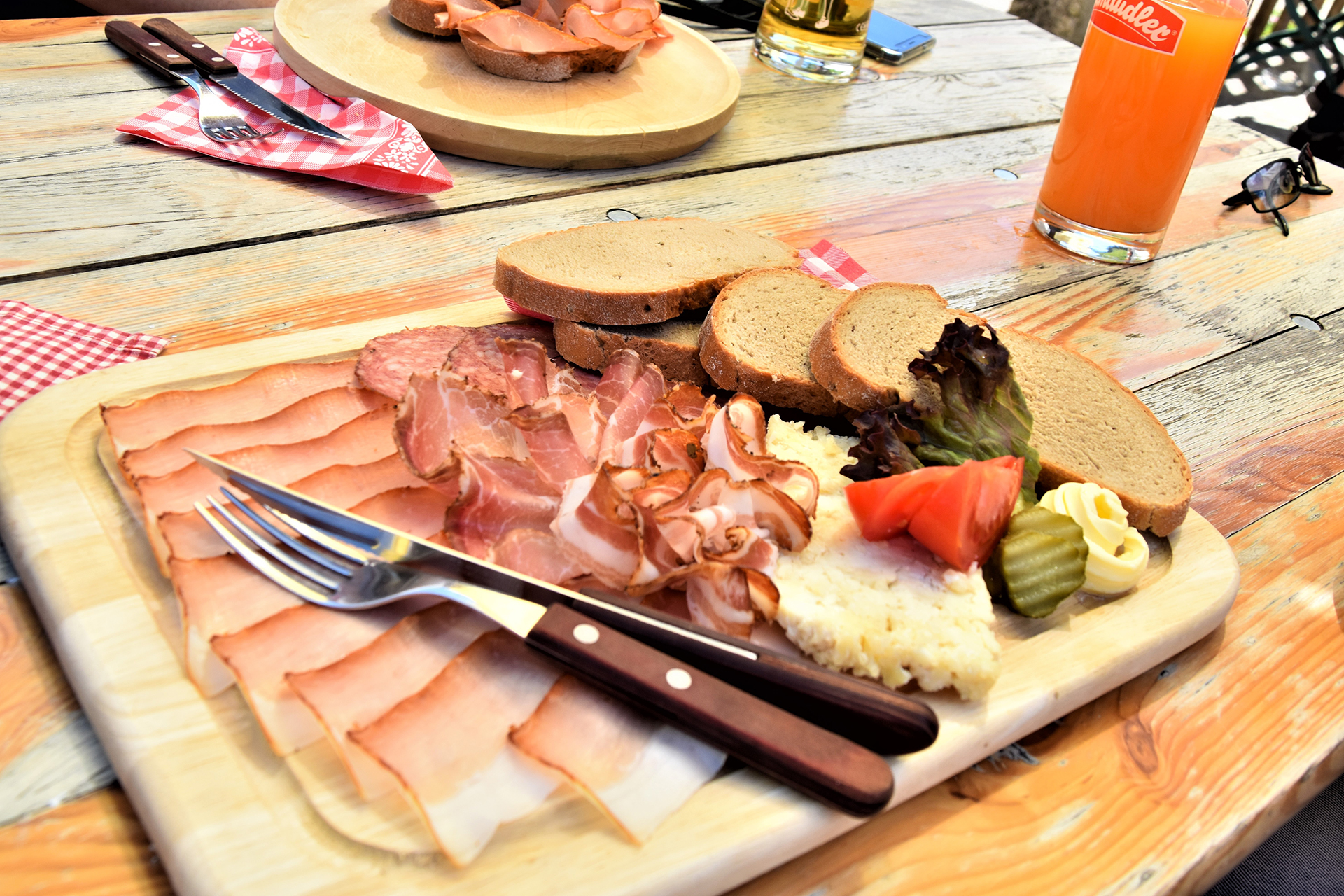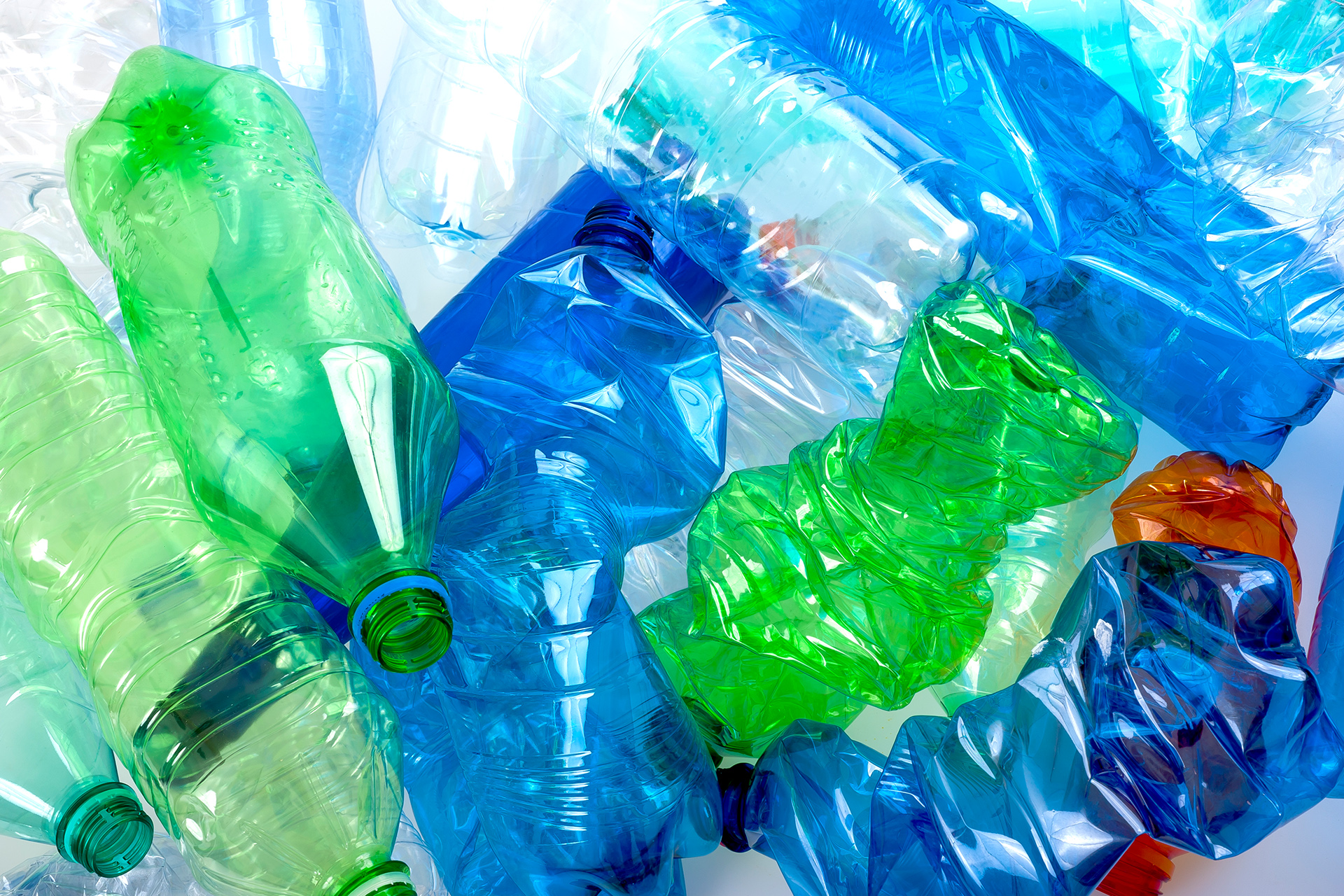To be able to treat or entirely prevent nappy rash, it is essential to know what causes the condition. Nappy rash is often seen as an irritation in the nappy area. It is caused by a combination of heat, friction, and contact with moisture (urine and faeces). These four factors all contribute to irritating a baby’s delicate skin causing the skin’s protective layer to become unbalanced, red, and broken.
What does nappy rash look like?
When your baby’s skin becomes red it is a sign that something is wrong, but what does nappy rash actually look like? Nappy rash is often irritated, red, flat areas, or changes to your baby’s skin with a smooth and “shiny” surface. In more serious cases, the skin can start oozing or develop into a wound with blisters. Luckily, there are several things you can do to treat your baby’s nappy rash, such as keeping a close eye on your baby’s skin condition and using the right nappies, skin care products, and routines.
How does nappy rash occur?
Nappy rash can develop very quickly, especially if your baby’s skin has been in contact with urine and faeces for too long. But it can also happen if the skin becomes too warm, the nappies being used are non-breathable or the material irritates the skin.
Nappy rash is more common in babies than toddlers, since a baby’s immune system is not yet fully developed and the skin is still young and fragile. Therefore, the younger a baby is, the greater the risk of nappy rash or skin irritations.
Differences in baby’s skin
No two babies are alike, and neither is their skin. Some babies have silky-soft skin from birth, some have sensitive skin, while others may experience dry skin or even eczema.
The condition of a baby’s skin has a lot to do with genetics, but the products being used are of great importance too. Babies’ skin reacts differently to nappies, heat, contact with urine/faeces and even skin care products.
If a baby’s skin is suddenly red or irritated around the nappy area it is most likely nappy rash. Is the baby suffering from diarrhoea? How long has it been between nappy changes (trust us – it happens to us all). Is it the right size nappy, or is it too small to absorb all the urine? If the nappy is not put on correctly, maybe it is too tight and irritating the baby’s skin?
Skin care routines for babies
Good skin care routines are important to ensuring healthy baby skin. Below we identify the important steps into ensuring safe, healthy skin.
Clean the skin
If a baby’s skin is red or damaged by nappy rash the skin needs to be encouraged to heal. First, clean the area in a very mild way. Use a soft cotton washcloth, or gentle baby wipes such as Bambo Nature Wet Wipes that can be used daily and are perfect for a mild cleansing. Pat the skin dry or let it air dry. Do not rub. This will leave the protective layer of the skin intact.
Choose the right nappy and skin care
From the moment a baby is born it is wearing a nappy, and in the years to come, they will be wearing nappies and pull-up pants almost 24/7.
A good baby nappy is made of soft and breathable materials that are safe for a baby’s skin. When choosing a breathable and skin-friendly nappy, you ensure a good temperature between the baby’s skin and the nappy so that the skin sweats as little as possible. It is also important that the nappy absorbs urine and moisture from faeces quickly so that your baby’s skin stays dry even after multiple urinations. Dry skin in the nappy area is key to preventing nappy rash.


